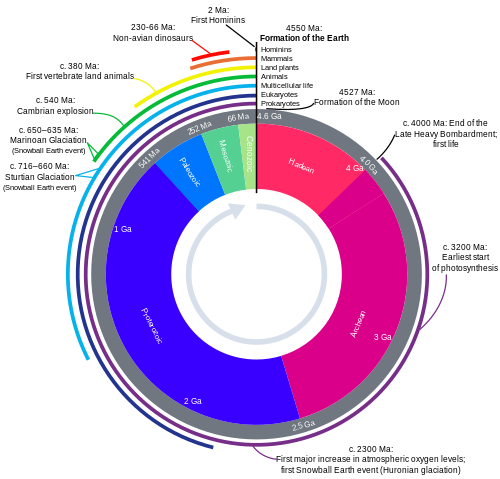In the beginning, when I was deciding on what I should do for my project, I chose programming, and decided to make a final project at the end demonstrating what I learned throughout the year. But now, I don't think that I can follow through with that idea. Although I am probably not going to do the final project, I did learn a couple of things during this 20 Time project.
I choose this challenge because I sort of liked programming, and I wanted to try a coding language that I wasn't very comfortable with. I was focused on self-improvement and learning new things.
My initial plan to achieve this goal was to learn something new every class, and then make a final project at the end of the year with the stuff that I had learned.
Learning the different algorithms went fine, but I was kind of confused at times, since I was more used to programming in C++. I also did not have time to finish the final project that I had planned on doing at the end. This is probably not going to be a life-long project.
I learned how to use good websites to find information. I also learned how to write more algorithms in Java. If I had the chance to do this project again, I would manage my schedule better so that I could fit in the project at the end. I have learned, about myself, that I sometimes do not have very good ideas for projects.
I might continue this challenge, and make a project, such as copying some game.
I choose this challenge because I sort of liked programming, and I wanted to try a coding language that I wasn't very comfortable with. I was focused on self-improvement and learning new things.
My initial plan to achieve this goal was to learn something new every class, and then make a final project at the end of the year with the stuff that I had learned.
Learning the different algorithms went fine, but I was kind of confused at times, since I was more used to programming in C++. I also did not have time to finish the final project that I had planned on doing at the end. This is probably not going to be a life-long project.
I learned how to use good websites to find information. I also learned how to write more algorithms in Java. If I had the chance to do this project again, I would manage my schedule better so that I could fit in the project at the end. I have learned, about myself, that I sometimes do not have very good ideas for projects.
I might continue this challenge, and make a project, such as copying some game.





